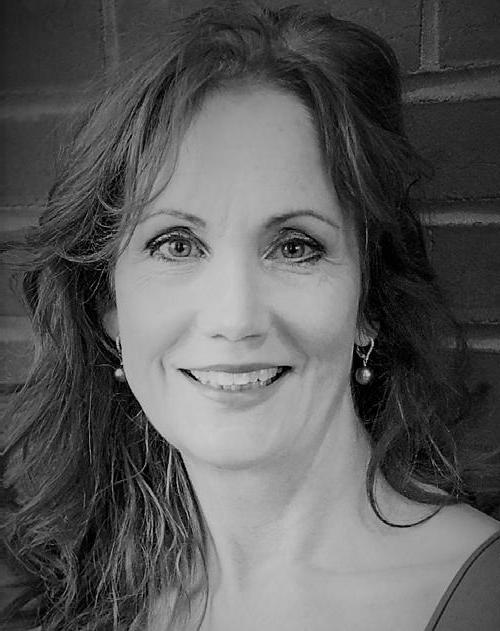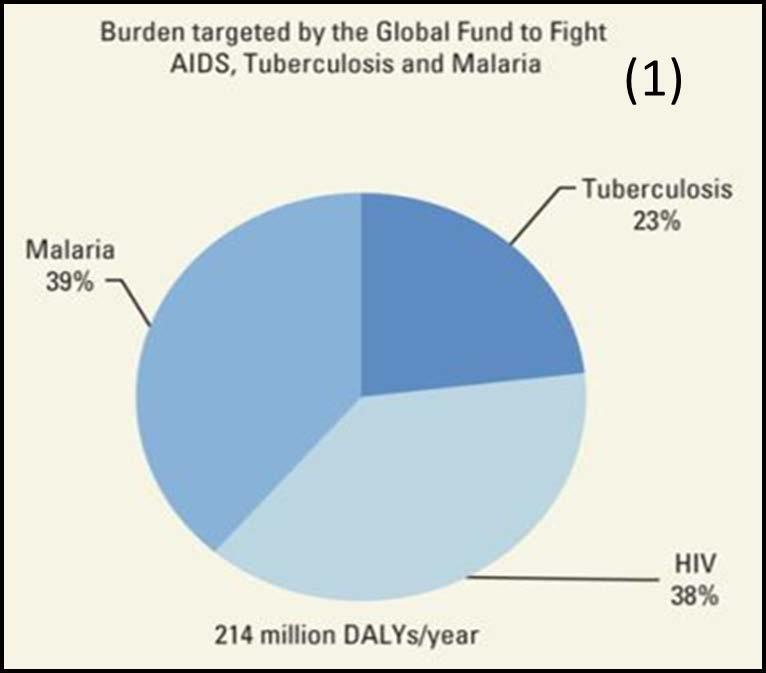
4 minute read
Training Program to Start in Kenya
from PSA Sentinel Fall Issue 2020
by TEAM
However, a positive pressure operating room with a negative pressure anteroom could provide the advantages of both systems. After an aerosol generating procedure, the rate at which the airborne viral contamination is removed depends on the air changes per hour (ACH) in the procedure room. The normal recommended 20 ACH is efficient in removing 99% of contaminants in 14 minutes and 99.9% in 21 minutes. [13] This is true for both positive and negative pressure rooms. Filters for breathing circuit The best strategy for protecting the anesthesia machine from contamination by a potentially infected patient is placing a high quality viral filter between the breathing circuit and the patient’s airway with the capability to sample gas for analysis from the machine side of the filter. [14] A heat and moisture exchange filter (HMEF) helps to preserve humidification. The viral filtration efficiency (VFE) is 99.99% for most commercially available HMEF. A second filter between the expiratory limb of the breathing circuit and the anesthesia machine will provide additional safety. The need for adding a filter on the gas sampling line depends on the design of the anesthesia machine. Machines that route the measured gas to the scavenging system (e.g. Dræger Fabius) do not need it, whereas it is needed in those that direct it back to the breathing circuit (e.g. Dræger Apollo & Perseus). The water-trap of the gas analyzer has a 0.2 µm hydrophobic filter downstream, to filter out the water vapor. However, when monitoring the respiration in a patient getting oxygen through a nasal cannula, it is prudent to attach a 0.2 µm filter upstream to the water trap to prevent its contamination. This COVID pandemic has made HCP aware of the need to understand the effectiveness and limitations of the personal protective equipment they use to protect themselves and the non-infected patients under their care. References 1. Peng PW, Ho PL, Hota SS. Outbreak of a new coronavirus: what anaesthetists should know. Br J Anesth 2020; DOI: https://doi.org/ 10.1016/j.bja.2020.02.008. 2. Wax RS, Christian MD. Practical recommendations for critical care and anesthesiology teams caring for novel coronavirus (2019- nCoV) patients. Can J Anesth 2020; DOI: https://doi.org/10.1007/ s12630-02001591-x 3. World Health Organization. Coronavirus disease (COVID-2019) outbreak. Available from URL: https://www.who.int/emergencies/ diseases/novel-coronavirus-2019 (Accessed May 1st, 2020) 4. Wang D, Hu B, Hu C, et al. Clinical characteristics of 138 hospitalized patients with 2019 novel coronavirus–infected pneumonia in Wuhan,
China. JAMA 2019; DOI: https://doi.org/ 10.1001/jama.2020.1585. 5. Sim MR. Occup Environ Med 2020; 77:281–282 6. https://groups.oist.jp/nnp/diy-face-mask . Assessed 9/29/2020 7. https://blog.gotopac.com/2020/07/31/surgical-medical-mask-astmrequirements/ 8. https://www.cdc.gov/coronavirus/2019-ncov/hcp/n95-otherrespirators.html
Advertisement
9. https://www.cdc.gov/coronavirus/2019-ncov/hcp/ppe-strategy/ decontamination-reuse-respirators.html
10. Viscusi DJ, King WP, Shaffer RE. Effect of decontamination on the filtration efficiency of two filtering facepiece respirator models. J Int
Soc Respir Prot. 2007;24:93–107. 11. Murray OM, Bisset JM, Gilligan PJ, Hannan MM, Murray JG. Respirators and surgical facemasks for COVID-19: implications for MRI. Clinical
Radiology 2020; 75: 405-407 12. Cook TM, El-Boghdadly K, McGuire B, McNarry AF, Patel A, Higgs
A. Consensus guidelines for managing the airway in patients with
COVID-19: Guidelines from the Difficult Airway Society, the Association of Anaesthetists the Intensive Care Society, the Faculty of Intensive
Care Medicine and the Royal College of Anaesthetists. Anaesthesia 2020, 75, 785–799. 13. https://www.cdc.gov/infectioncontrol/guidelines/environmental/ appendix/air.html#tableb1 Assessed 4/29/2020. 14. https://www.apsf.org/faq-on-anesthesia-machine-use-protection-anddecontamination-during-the-covid-19-pandemic/ Assessed June 10, 2020
by Donna Spratt,MD, Gregory Sund,MD

It is estimated that eleven percent of the world’s burden of disease comes from surgically correctable conditions (2).
Donna Spratt,MD Gregory Sund,MD

The need for surgical services in developing countries is overwhelming. Globally there are more avoidable deaths from untreated surgical emergencies than the number of people living with HIV-AIDS, tuberculosis and malaria combined (1)
The United Nations along with the World Health Organization (WHO) have recently named improved access to safe, high quality surgical, obstetric, and anesthetic care as a priority in achieving Universal Health Care (2).

The World Federation of Societies of Anaesthesiologists recommends a target of five physician anesthesiologists per 100,000 population (3). In Kenya there are 0.43/100,000 of population. In other East and Central African countries, the numbers are even lower. In Burundi, there are currently 7 anesthesiologists for a country of 11 million people. And there are currently no physician anesthesiology programs in South Sudan, Central African Republic, Eritrea, Congo, Niger, Togo, Liberia, Somalia, Chad, or Guinea. The cost of this is high.
Lack of access to safe anesthetic care costs millions of lives every year. In some parts of Sub-Saharan Africa, the mortality associated with general anesthetic is as high as 1:150 anesthetic (4). This is a problem which has a solution, which is to increase the number of high-quality training programs for physician anesthesiologists, while equipping these specialists with the skills needed to train future generations. While it is important for
continued on page 18





